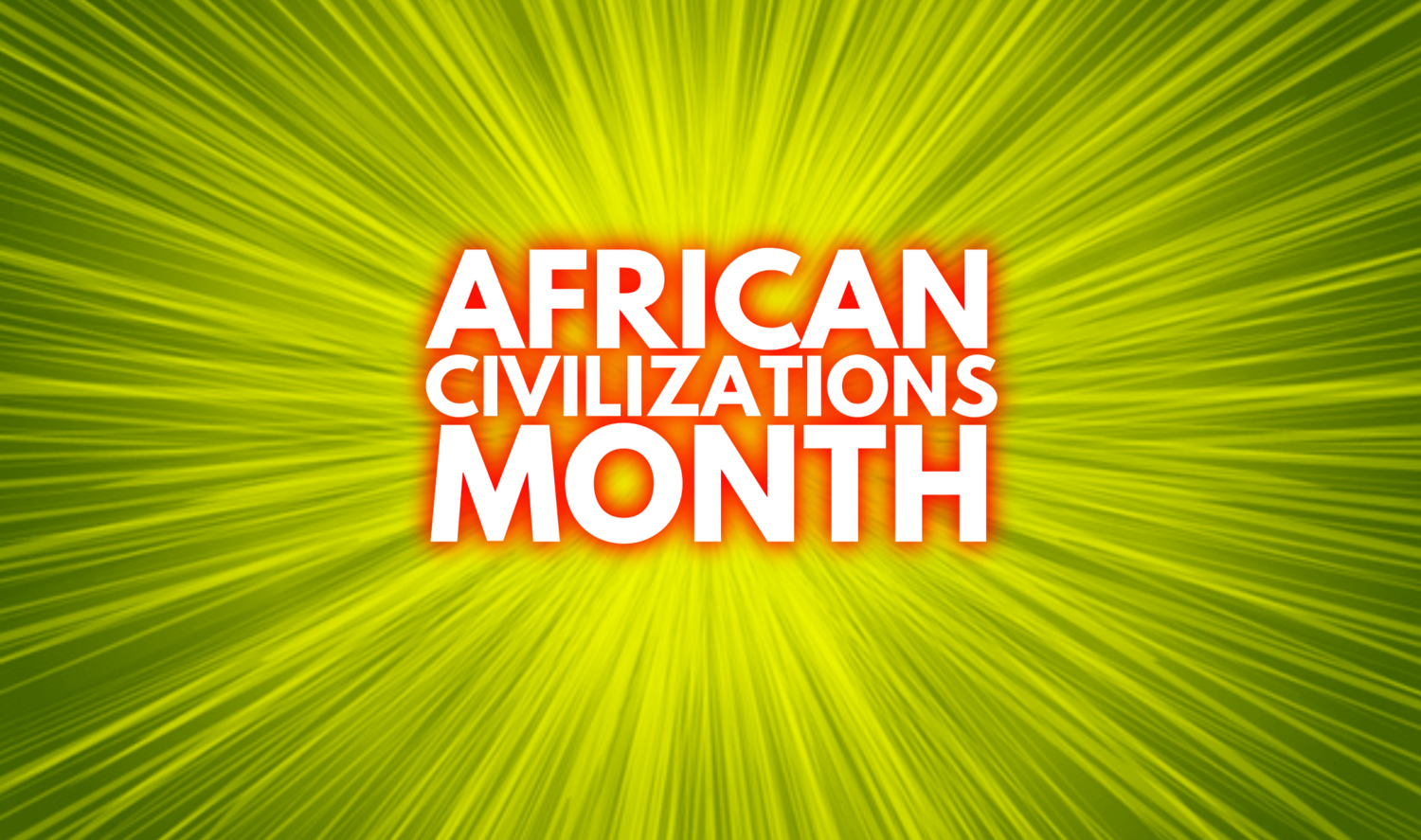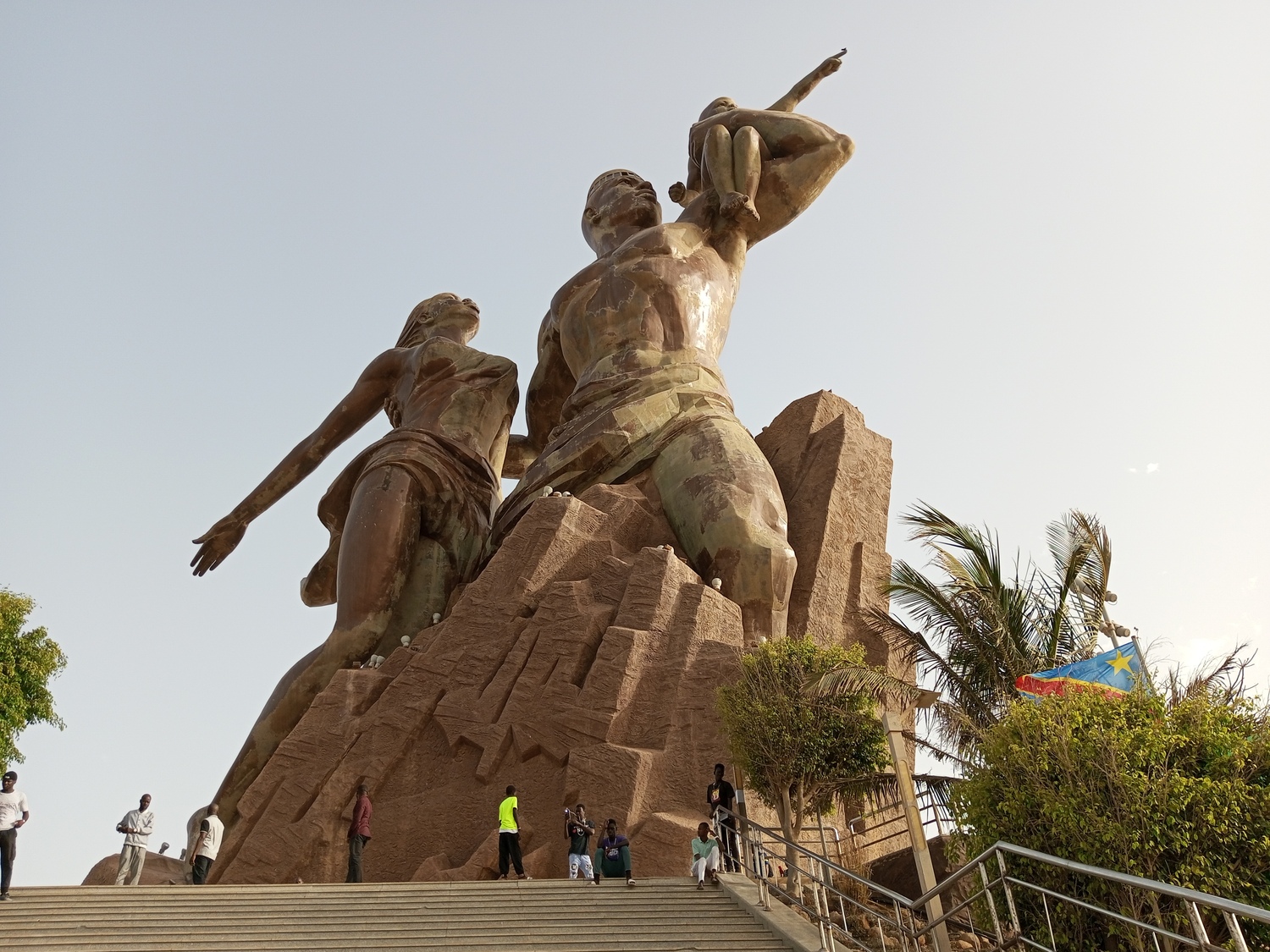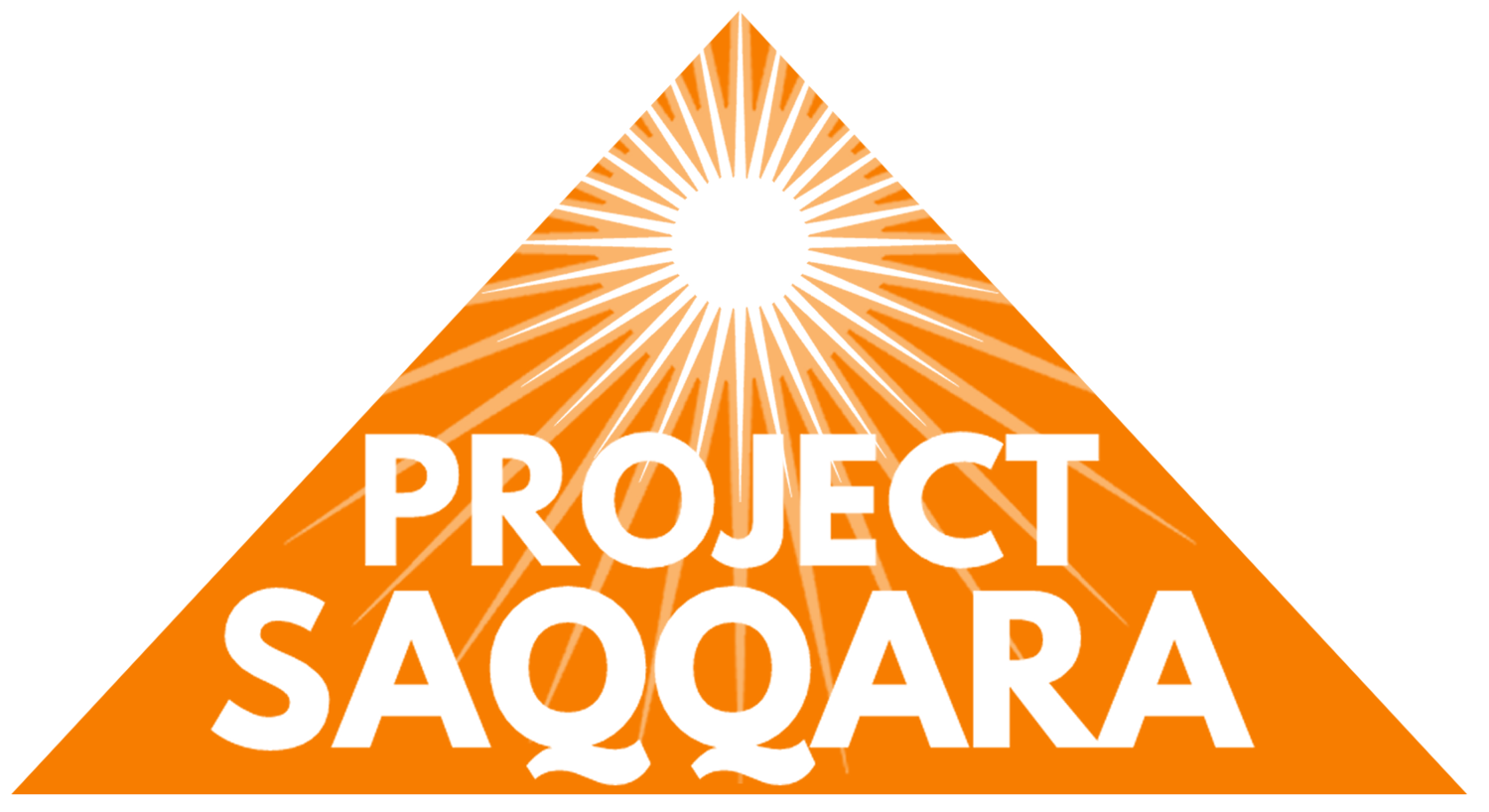
Many people have many different names for this month. A hundred years ago, an African American historian named Carter G. Woodson created Negro History Week in the United States (Woodson also wrote the book The Mis-Education of the Negro, whose title clearly influenced the debut album of singer Lauryn Hill). Later the celebration spread across North America and became known as Black History Month, African History Month, African Heritage Month, and African Civilizations Month.
Why call it African Civilizations Month? Why not just stick with the word “history”? For most people, history suggests something that’s finished. But civilizations live on, evolve, and create increasingly amazing movements, innovators, arts, literatures, scientific discoveries, technology, cultures, and ways of existing—not only to solve crises, but the expand the glorious and unfolding vista of excellence.
The first step in exploring African civilizations is overcoming common misunderstandings. While some people think Africa is small, it’s actually the second largest continent. And it’s not a single country with a single language and people who all look alike—it’s 54 countries plus a territory, with a minimum of 1,600 languages, thousands of nationalities and classical religions, 5,000 years of civilizations, architectures, sciences, technologies, literatures, philosophies, musics, cuisines, and more.

Monument to the African Renaissance in Senegal. Barke11, CC BY-SA 4.0 , via Wikimedia Commons
The most famous African civilizations are around the River Nile: Ancient Egypt, Nubia (which is now Sudan), and Axum (which is now Ethiopia and Eritrea). But beyond their amazing pyramids, temples, and obelisks, there are civilisations all across the continent: from the Swahili Civilisation along the eastern coast, to the stone-walled capitol of Great Zimbabwe in the south, the Kingdom of Kongo in the centre, and Mali, Senegal, and the Yoruba Civilisation in the west, and the Moorish civilisation that flourished not in Africa but in Spain for 800 years.
Of course, African peoples—including scientists, engineers, entrepreneurs, artists, leaders, and world-changers—live all over the planet, including 1.2 billion across Africa. According to the UN, more than 200 million outside the African continent, including at least:
* 1.2 million in Canada
* 41 million in the United States
* 44 million in the 28 countries and dependencies of the Caribbean, and
If you'd like to participate in Edmonton events, check the extensive calendars for the organizations listed below:
For a great selection of aspirational Africentric fiction reading for all ages, check the ARC: The Africentric Reading Challenge!

